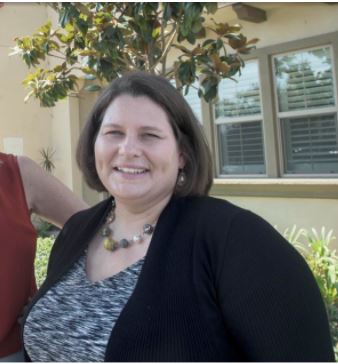Part IV of an essay sent in to FFFF.
EVERYTHING’S GOING UP
But applying preservation layers also will not get rid of badly written partisan bills, set time back, or get rid of high rises. In Los Angeles County alone, if 70% is zoned R-1, this leaves 30% for a combination of single-family houses, townhouses, condos and apartments that encompasses everything from market rate to affordable and Section 8 housing. If the city of Fullerton has a housing element of over 13,000, developments on lands not zoned R 1 will be closely spaced together and many will go vertical. It is a complete shift of how people will live going forward, but ironically, also doesn’t guarantee that they will be able to afford it if wages and jobs stagnate, or if younger generations continue to saddle themselves with staggering debt before they even enter the workforce.
The California Dream of single-family home ownership was born during a time when the population was lower, and land was available. Wages and opportunities went up, there was a plentiful supply of houses, and developers worked with lenders which helped keep the housing supply affordable. But much of this has changed. While the elders of the local preservation movement were able to work, live and retire in the city, it’s been different for the generations following them. People live further away from work in the search for cheaper and new housing. But this has enormous costs: Multi-hour commutes each day, a separation of child and parent as one goes to school in one city, and the parent works (often hours away) in another. Many families and individuals are spending over 50% of their earnings on housing, fuel, utilities, and healthcare. There is not that much left over. In addition, there are the environmental costs -entire swaths of land taken up by single family homes puts stress on the local environment and wildlife. Then there is the problem of water and not enough of it, as developments have been built onto arid lands. R 1 zoning, as we once knew it, is gone.
This next part has already been covered in depth with great insight by commenter Fran J in this blog a few weeks ago. If haven’t searched for her comments -do. They deserve to be taken seriously.
CHARTER CITIES: SEEKING AUTONOMY
If the judges ruling on SB 9 is upheld on appeal it could have an impact on 121 charter cities including plaintiffs Redondo Beach, Torrance, Whittier and Del Mar, and San Diego, San Francisco and Los Angeles. (A charter city has ultimate authority over its municipal affairs and works within a framework of California laws). Fullerton has entered a study phase on becoming a charter city. Fullerton city officials point out the states’ overreaching capacity to run roughshod over municipal zoning (SB 330) and order 13,206 units to be built over 5 years, with no provisions to pay for the expansion of municipal services or first responder coverage, or look how a higher density will impact health, air quality, water availability, and wildlife.

An explosion in growth from the raised Housing Element will be paid by either adding or raising fees, making cuts in programs, or raising taxes. Contrarians (YIMBYs) cite concern for abuse, and cities shirking their role to provide new housing. However, becoming a Charter City could help the city with SB 9 and SB 330. Whether or not Fullerton becomes a Charter City, NIMBYs will continue to fight to preserve even mundane neighborhoods, parks, and buildings. Adding a layer will impact the planning and permitting process, and risks ushering in a cadre of taste arbiters who will be too happy to have a glimmer of official status.
In the question of Skyline Park, this is a tiresome war that has been waged for almost 40 years, pitting neighbors against one another. What’s new is SB 9 and the undoing of R 1 zoning. Rather than grimacing and going along with the notion of establishing a permanent layer of bureaucracy, we used this as a chance to understand the housing crises, the shift in beliefs around urban planning, and the new laws that have been crafted. We also thought it was fair to compile our own experiences and observations of the players, behind this local push. Namely, Fullerton Heritage.


